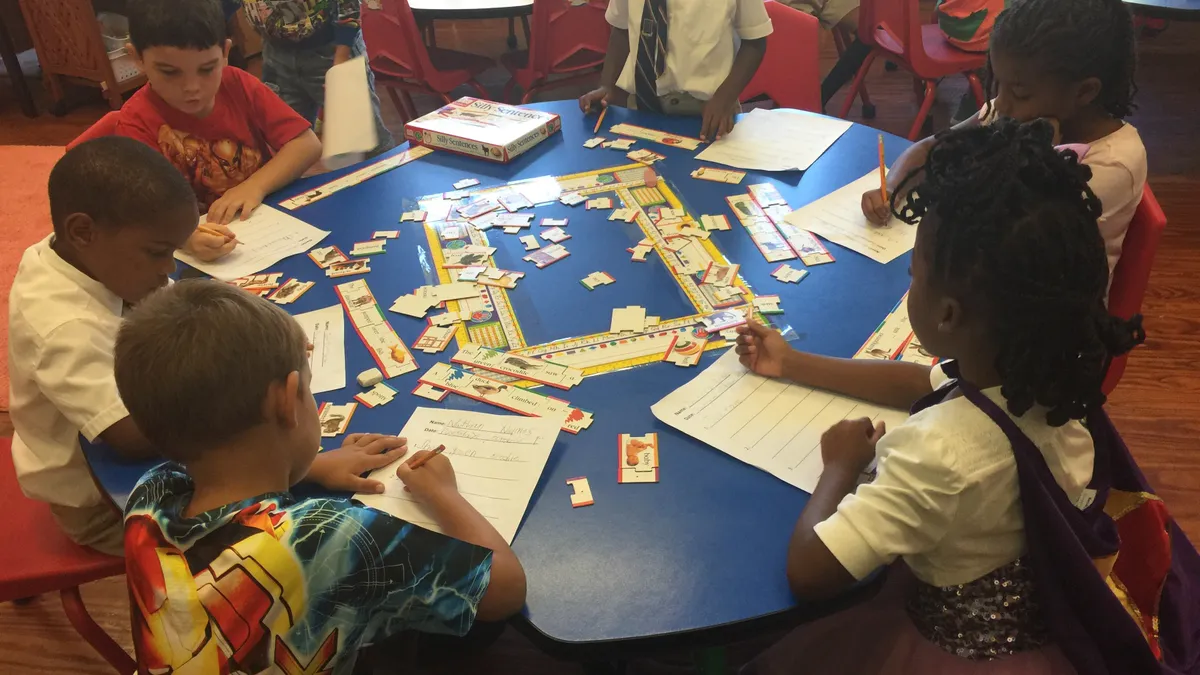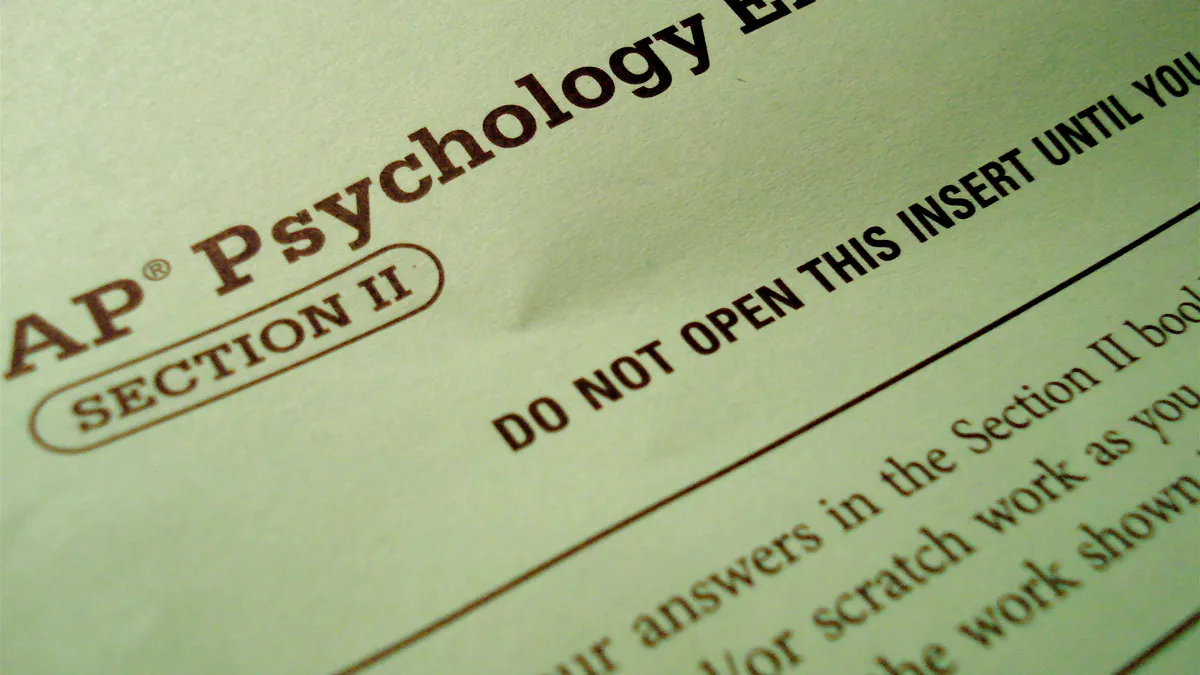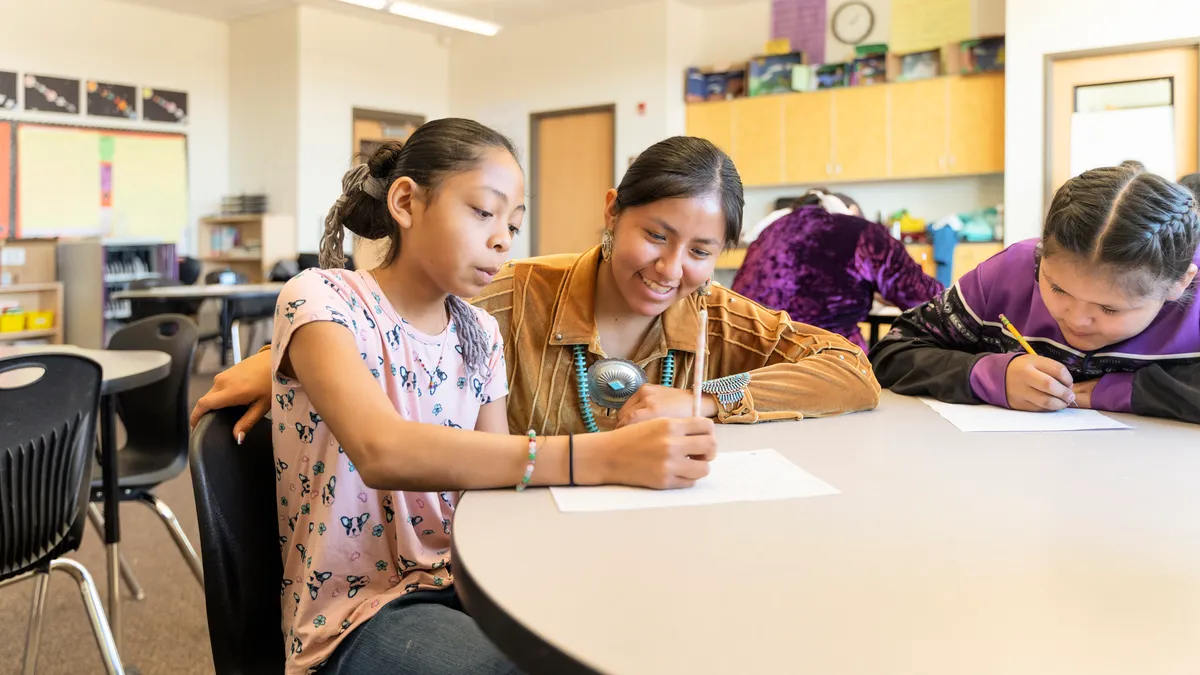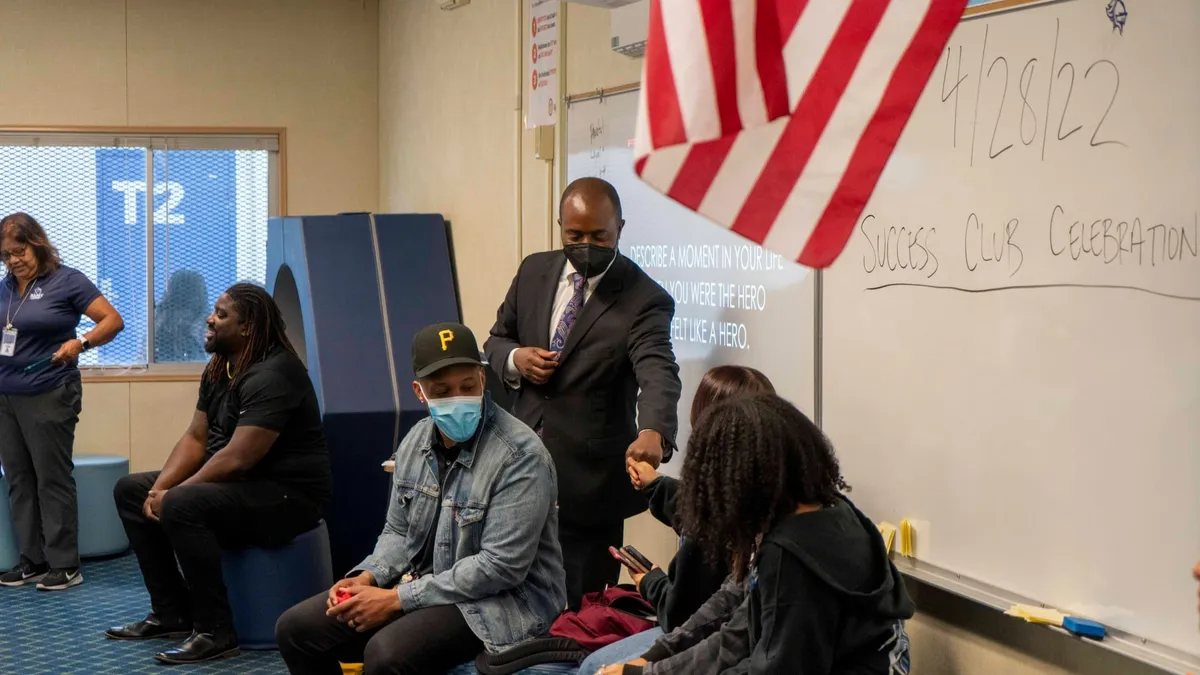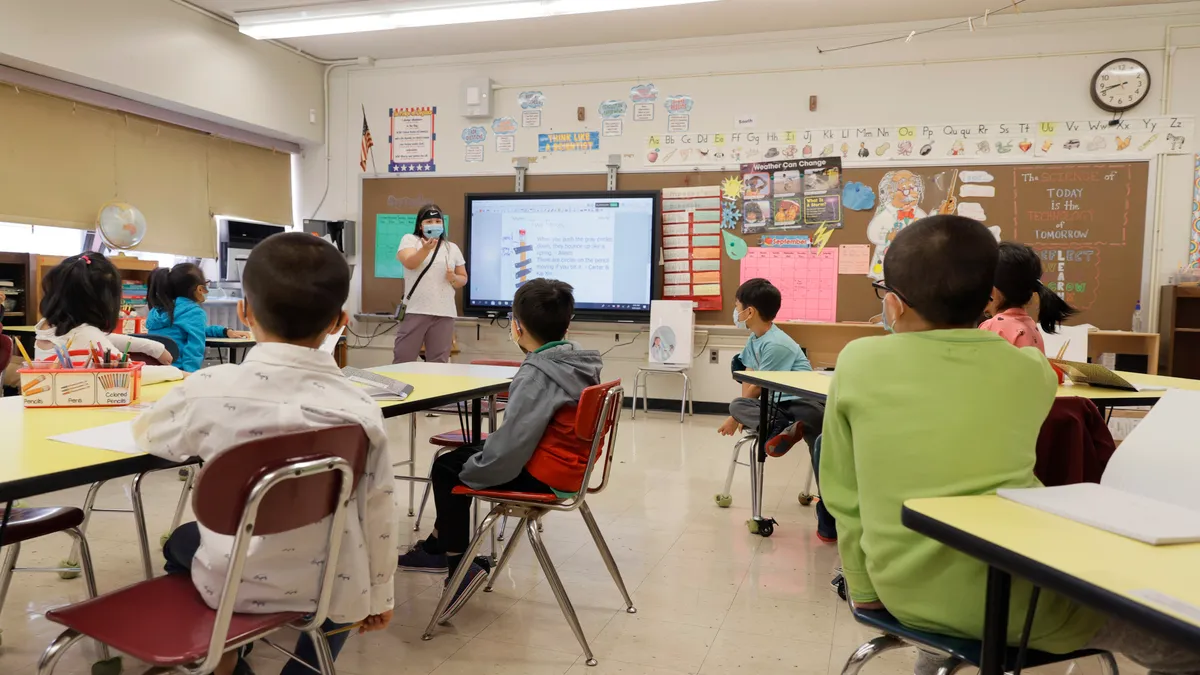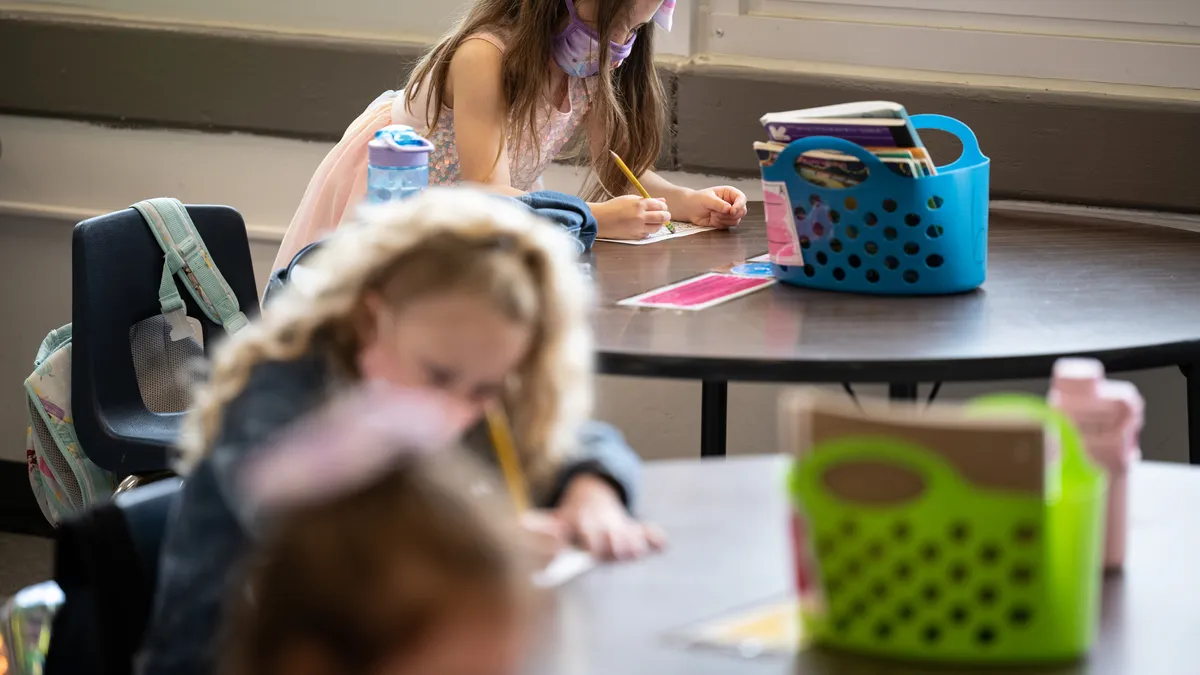This feature story is part of a series focused exclusively on literacy. To view other posts in the series, check out the spotlight page.
The current climate of education focuses heavy on language and literacy and on math — and for good reason. Literacy is the foundation for success in every area of an individual’s life, and the critical thinking skills attained through math instruction are critical to one’s ability to serve as a highly-functioning member of society. Increasingly, educators are finding literacy can also be a conduit to developing critical thinking skills, making a focus on reading and writing a smart investment of classroom time and resources.
As students continue to change and educators continue to experiment with new ways to better serve them, there are a number of “best practice” trends emerging to help boost student engagement and success. Here, we round up a number of strategies shown to help boost student outcomes around literacy.
Tactile learning
As teachers at all levels continue to find more ways to reimagine the traditional classroom, one thing is becoming abundantly clear: The old “sit still and do your work” model is not effective with today’s students. Often, kinesthetic learners — those who learn best through movement — have been labeled as having behavioral problems, rather than as learning differently. Slowly, there is starting to be some understanding around the notion that incorporating movement into lesson plans can benefit all students. Coupling physical activities with literacy instruction boosts muscle memory and better helps students to retain the concepts being taught.
Tasks like allowing students to use modeling clay to spell words or tracing letters in shaving cream are not just more engaging for students than the traditional worksheet, they promote greater learning. And it’s not just beneficial for students who are defined as kinesthetic learners; tactile learning is good for all students — and it’s fun.
Early literacy
Educators and education advocates now realize the importance of early childhood education on setting a student’s success trajectory throughout their school careers. When parents read to children aloud early and often, it not only exposes them to new vocabulary and familiarizes them with language, it models fluency, which is important for students’ own development. A new study found that digital storybooks can be just as effective as a parent reading to young children, a development that could be helpful for children whose parents may work multiple jobs or longer hours. And a number of television shows on public access channels promote literacy as well, another resource that could serve as an equalizer for students from lower-income households.
But ultimately, state investment in early childhood education will be key. As was pointed out during a recent policy roundtable hosted by the Robert Wood Johnson Foundation, the current model of education funding was based on the idea that a child’s parent (usually mother) would be home with that child for the first five years of his or her life. Decades later, significantly more women are in the workforce, and it is time for public policy to catch up to the current demographics of the country and provide funded early childhood education options for all families. States like Utah and New York are making strides. In Utah, the UPSTART program provides access to educational software and, where necessary, take-home devices from which to access it to give students a boost. And New York City recently announced plans to extend its universal preschool program to three-year-olds, in addition to the 4-year-olds already being served.
Personalized learning
Personalized learning is almost so ubiquitous in education circles these days that it is beginning to be something of a cliche. But the hot new approach to teaching and learning that embraces a combination of self-directed study via various technology and software platforms and small group instruction is emerging as a key way to help boost literacy and language development. And with recent surveys showing teachers often face a wide range of grade levels and competency mastery levels within the same classroom, a personalized approach to literacy education helps to ensure no child is left behind, thereby closing some gaps, but also to ensure other students are allowed to move ahead if they’ve already mastered the current level.
Using technology to personalize learning has also shown to have tremendous benefits for English language learners and students from impoverished backgrounds, suggesting personalized learning is also an equalizer to promote access and achievement with populations that have traditionally struggled.
Representative text
Focusing on utilizing texts that relate to student experiences and interests is also an often understated strategy. Offering a wide variety of options in the classroom library and school media center are important, but equally important is varying the assigned reading.
When students can see themselves mirrored in the things they are reading and learning, not only are they better able to identify with the materials, they are more engaged. Conversely, when none of the characters they’re reading about seem to have anything in common with the students consuming the information, it sends a message to students that their perspectives and experiences aren’t valued, which does more harm than just disinteresting them from reading the assigned text; it makes them feel like school is not designed for them, and it risks losing them altogether. A good educator will help lead discussions about the text that promote connection for students, but experts agree to do that, educators themselves must first connect with students.
Media literacy
A recent survey by the International Literacy Association found digital literacy, while a hot topic in education, is less of a priority than other key topics in the current climate. However, increasingly, educators are reporting they are spending more and more time teaching students how to discern credibility in media and internet sources. In the age of fake news and when anyone with an internet connection can launch a blog, teaching students how to interrogate sources and assess the credibility of the information they read is an important part of teaching students to think critically.
According to the Center for Media Literacy, because media literacy instruction focuses on the how rather than the actual content knowledge, it teaches students to be able to think critically about all kinds of texts on all kinds of subjects. These are the skills that will help students succeed in college-level courses, and media literacy instruction can start early and remains relevant throughout a student’s career.

